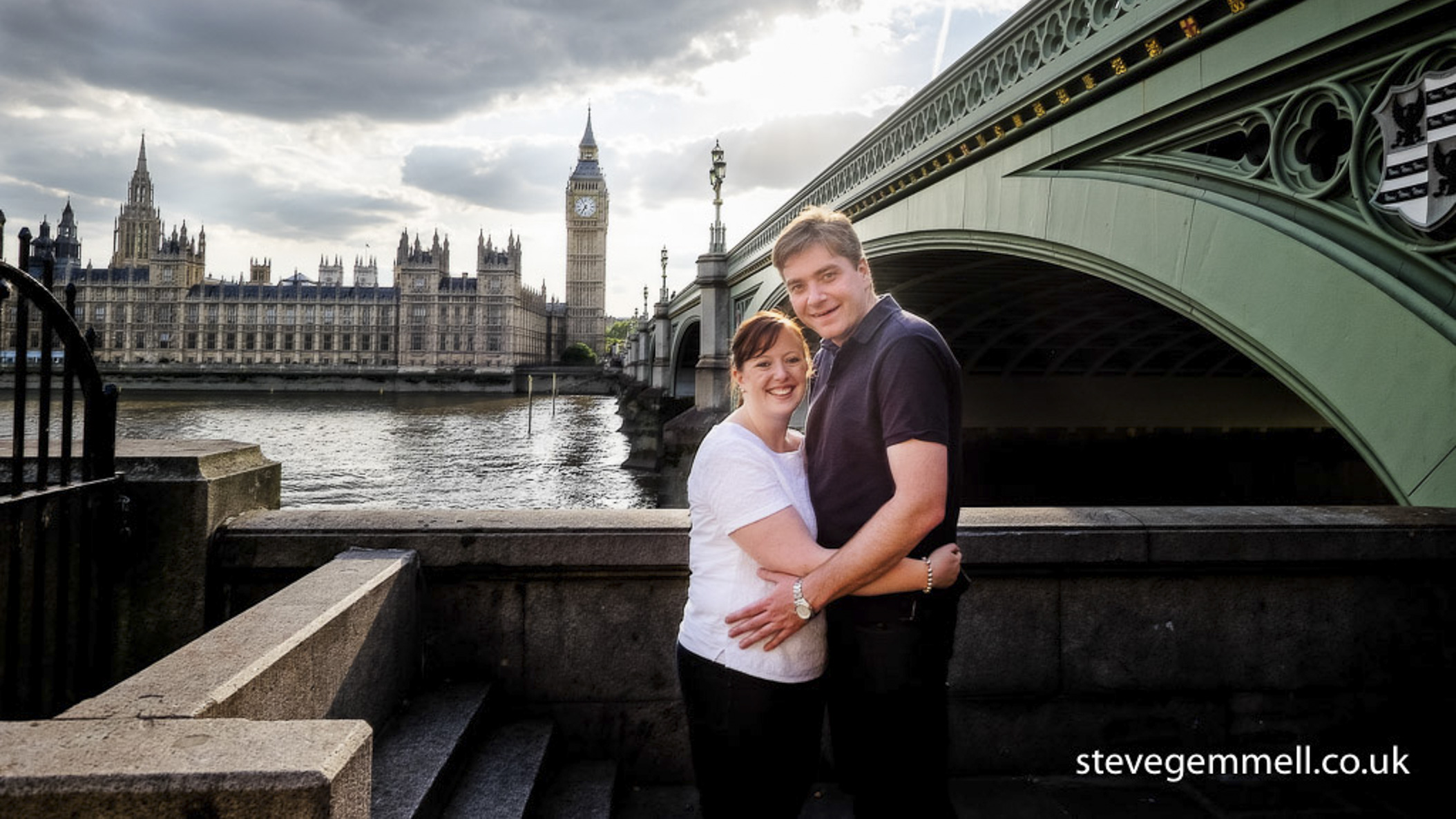As a professional UK-based Hertfordshire wedding photographer of some twelve years standing I have now switched to a completely mirrorless camera system. I started using a Fujifilm X-Pro1 camera four years ago and have gradually progressed to two X-T1s an X-E1, an X100T and also a Ricoh GR11. I have now sold all of my Canon kit which I used for many years.
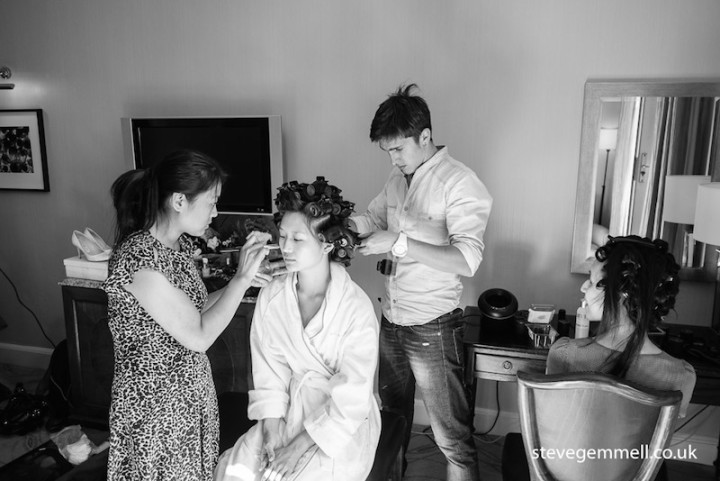
The transition was gradual and for the first few years I used the X-E1 alongside two Canon 5D MK11s which I carried with me right through a wedding day. Before becoming a professional photographer I was an experienced amateur photographer starting way back in the 1970s with a Practika LTL SLR camera. Right from the start I always saw photography as all about capturing moments rather than the more formal studio type of work.
If you love observing people, wedding photography is the ideal vehicle for taking candid “moments” .
With the DSLRs I would tend to use the longer 70-200mm zoom to catch those candid moments. I would have one DSLR body with the 70-200mm and the second body would have a 16-35mm lens. So alongside the candid shots this allowed me to work all day getting wider images with the 16-35 for bigger groups and overall settings etc. I had a few primes as well but they very rarely came out of the camera bag,
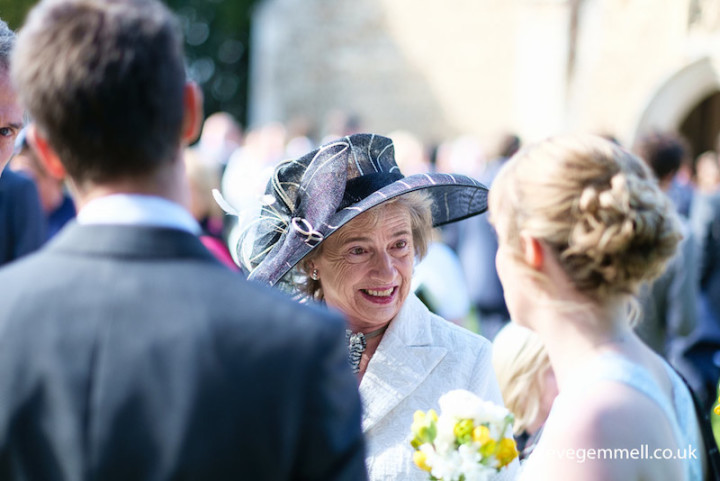
Weddings are usually pretty frenetic affairs and you need to be able to react quickly to changing circumstances. Having the two zooms always with me covered most eventualities. However the big disadvantage of the two DSLRs and the big heavy lenses, great quality that they are, is the weight and the ability to stay unnoticed. Someone with a Canon DSLR and a white telephoto lens attached, screams PHOTOGRAPHER to everyone who sees him or her. This is the sort of equipment here in the UK that the general public associates with the paparazzi. We often seen them in use on the television and the media in general.
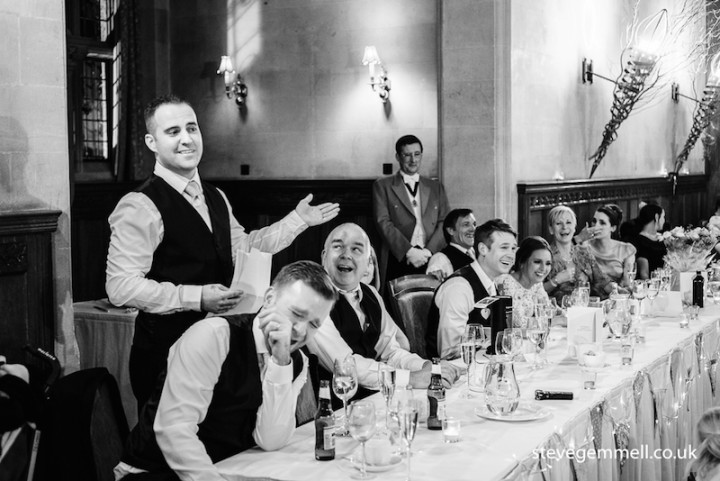
For a long time I was happy with the Canons having worked my way through the 5Ds from the initial model up to the Mark111. However because of my love for the older style of cameras with actual knobs and dials rather than menus on a screen I was immediately drawn to the Fujifilm X cameras. Starting first with the X-pro1 I found this early model was a bit clunky to use but I loved the fact that it had an electronic viewfinder! This meant that I could actually make exposure adjustments and decisions before taking the shot which I love. With the DSLR I would often guess and make adjustments on the fly with the adjustment wheel at the back of the camera. With experience you could usually get near to what you wanted but often you would need to “chimp” the LCD to check and then retake the photograph. So when trying to catch “moments” you sometimes missed them. So for me this was a really big plus point.
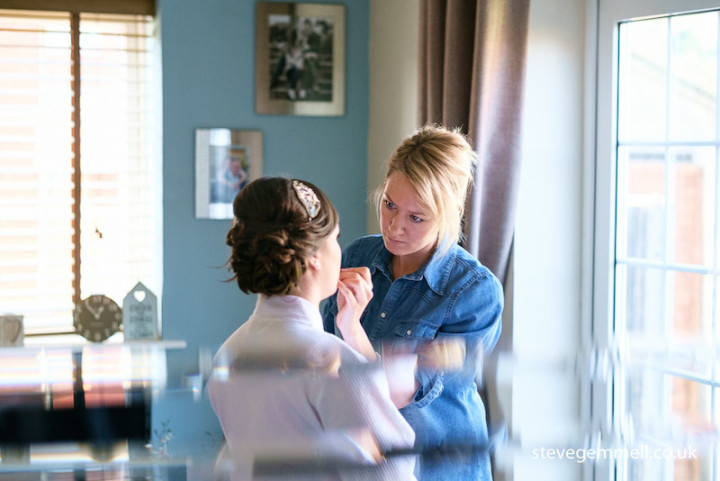
I moved on to the X-E1 and found this to be an improvement on the functionality of the X-pro1. One thing I appreciate about Fujifilm is the fact that they put these cameras out there but then gradually improved them and the lenses with firmware updates. An example of this is that I now often use the 35mm F1.4 lens which came with the X-pro1 on the X-E1 in manual focussing mode. Originally the lenses were difficult to use manually because of the ‘focus by wire’ method needed. It has now improved to the point where I can, frame my subject compositionally and then manually focus on a bride or groom within that frame and then wait for the moment. This is often easier that having to set a focus point via the joystick method of an automatic system. It is a way of working that I used to use 40 years ago!
The difference is that I can now also see the finished effect in the viewfinder with regards to focus but also exposure as well. Because the camera is so small people don’t react in the same way and I can get much closer without any problem at all. I couldn’t do that with the larger Canons.
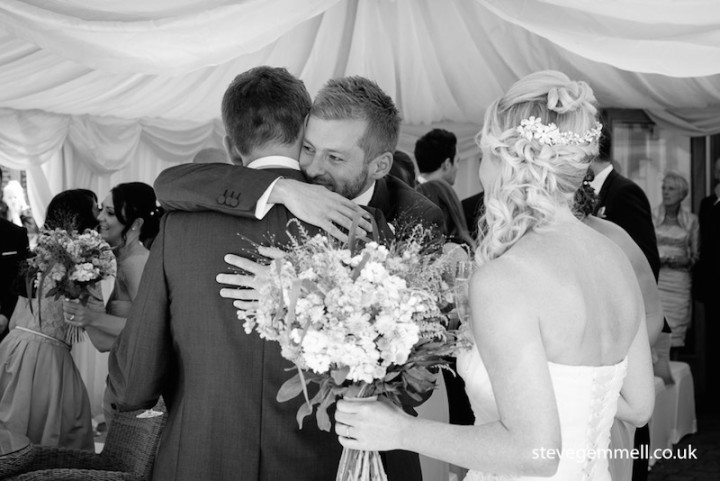
Much as I appreciated the outstanding quality of the Canon lenses I have found the Fujifilm lenses to be fantastic for their size and cost when making comparisons.
I have recently added the 56mm F1.2 and the 90mm F2.0 to my steadily growing collection of six lenses. The image quality that can be achieved with these lenses is astounding. The 23mm F1.4 is another excellent lens.
So I now have a backpack that has three bodies, six lenses and 2 flashguns on board. As a consequence my method of working on a wedding day has changed. I tend not to rely on the zoom lens as much as I used to. I have just the one kit lens a 16-55 that came with the X-E1. The quality of this lens is remarkable for a kit lens but I find I enjoy working with the prime lenses more. Therefore I do change lenses more often than I used to and I do miss the 16mm end of the Canon. I have the 14mm Fuji which equates to a 21mm in 35mm terms but it doesn’t seem to have have the same resolving power that can be achieved with the Canon on a full frame. The wider end of the spectrum is more difficult with a smaller sensor although I am yet to try the XF 10-24mm zoom which has good reviews. Looks a bit big though and to me that somewhat defeats the object of using smaller cameras. I have stayed away from the excellent XF 50 – 140mm for the same reason.
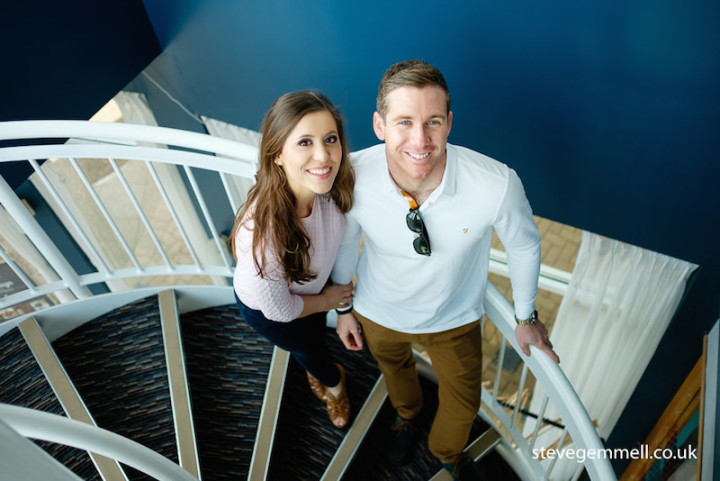
My style is definitely changing now and I find I can work much closer in to my subjects. There is also far less processing involved once I have all of the images into Lightroom. Fewer photos get culled simply because exposure and composition are far more accurate than before. Usually because the exposure is so good, I rarely need to do much adjustment to individual images unless I am after a particular effect. Even jpeg straight out of the camera is good although I still shoot raw because of the flexibility offered in post processing. That may change at some point as there are major advantages from a storage point of view.
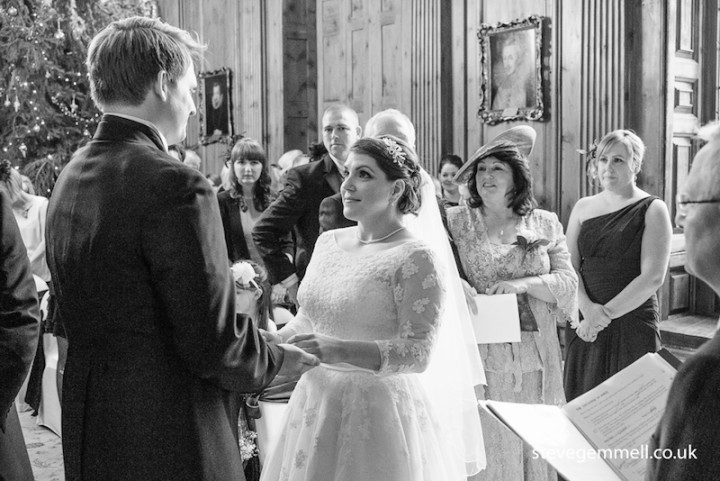
One other thing that I find very useful is the folding screen on the X-T1 which allows me to shoot from down low or up high above my head. A key shot of mine has always been to hold the DSLR up way above my head and shoot down with the 16-35mm zoom. I used this a lot when the bride and groom walk back up the aisle with everyone turning and looking and often clapping. I can do this more accurately now with the tilt screen. It can also be used at hip level for shooting the occasional video clip as well.
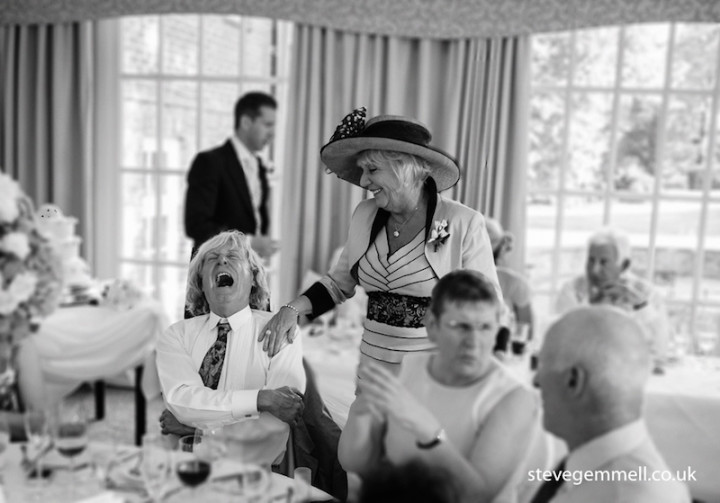
Like many wedding photographers I am always searching for the perfect wedding camera. There are obviously some things I miss from the DSLRs. The main one is speed of use although the mirrorless cameras are gradually catching up.
So in summary I am enjoying the new way of working that mirrorless cameras offer. They have opened up new possibilities for me and I certainly do not miss the weight of the old kit. As a photographer I think it is good to continually find new ways of achieving the results you want. It keeps us on our toes and sometimes we need to re-evaluate what we are doing day in day out. The big danger of not doing that is that our work could become stale or hackneyed and we loose the joy in what we do and how we do it.
You can follow Steve on:
Wedding Blog // Facebook // Personal Blog // Pinterest // LinkedIn
